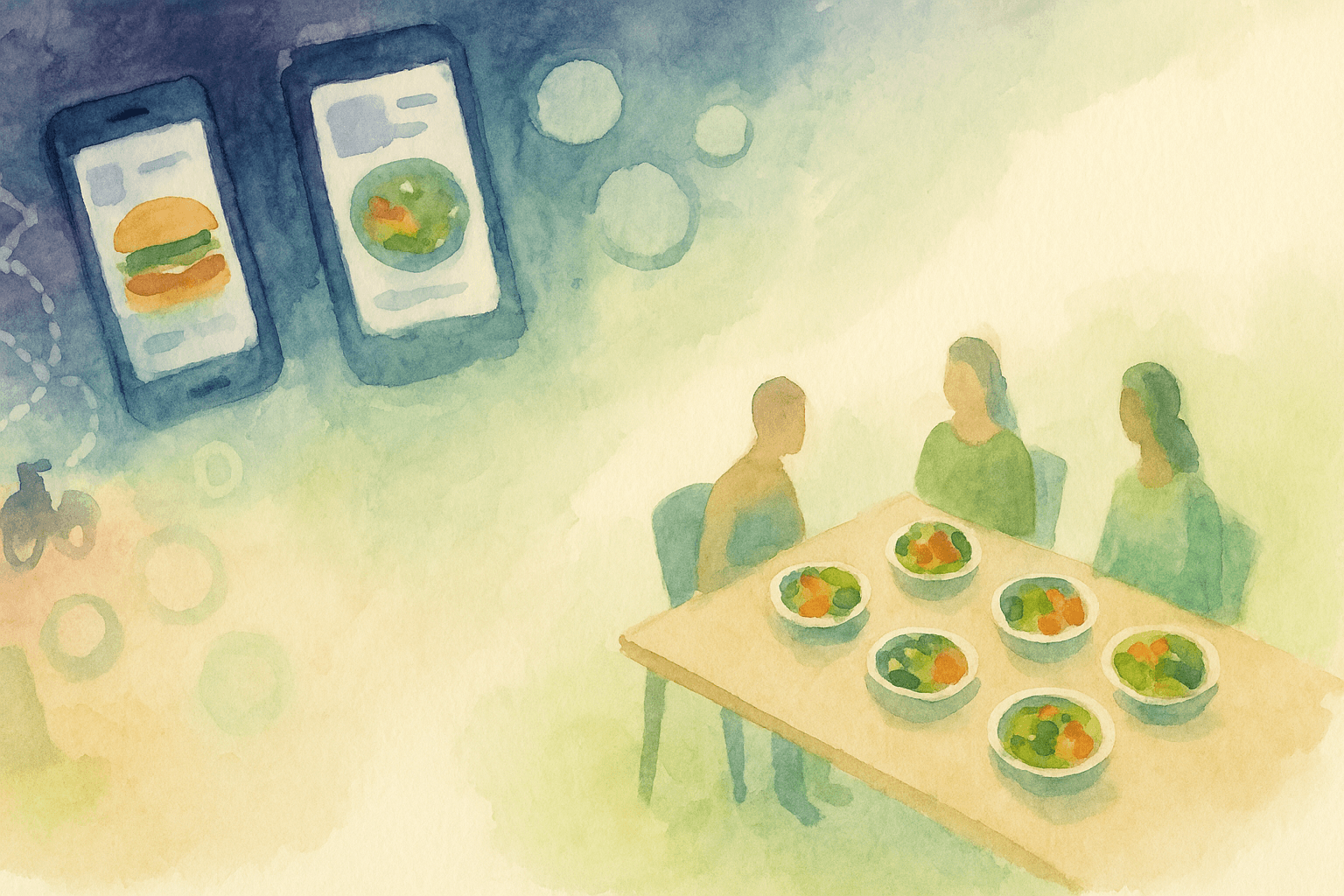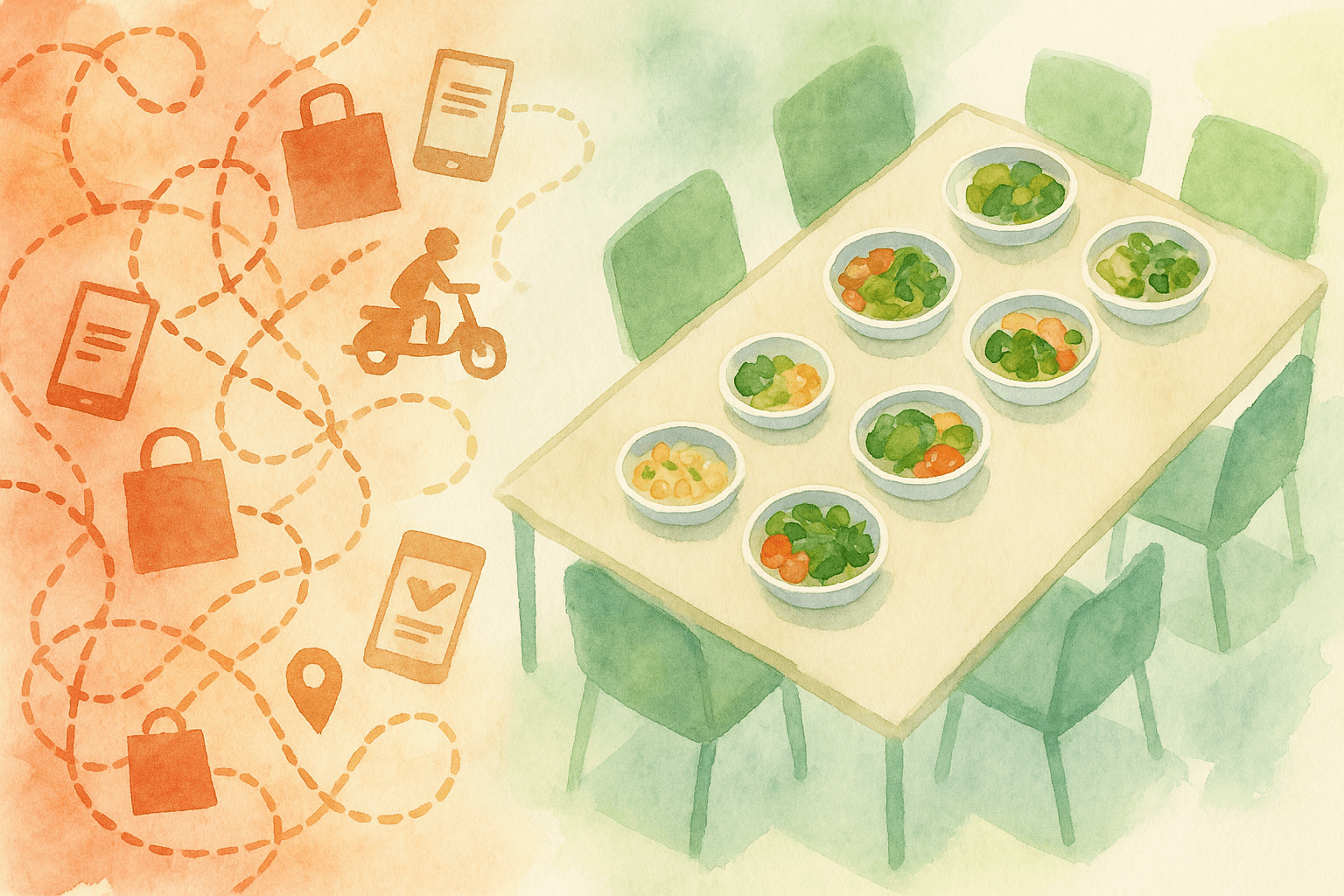Hannah Kittrell, MS, RD, CDN, ACSM EP-C
Head of Nutrition
Digital health is moving beyond steps and sleep. The next frontier is food—what we eat, how it makes us feel, and the long-term effects of those choices. Until recently, this space lagged behind. Even as wearables advanced, meal tracking stayed stubbornly manual.
Parkday’s new integration with Apple HealthKit begins to change that. Every Parkday meal already includes a detailed ingredient breakdown and photo-based estimation of macros. Now, with a single tap, employees can sync that data directly to Apple HealthKit, adding calories, protein, carbohydrates, and other nutrients to their daily health record.
The Promise of Connected Nutrition
Food is one of the most complex data points in human health. Unlike steps or heart rate, it’s subjective, diverse, and deeply tied to context. That complexity has kept nutrition data fragmented—spread across delivery apps, personal notes, and fitness trackers that don’t speak to one another.
Apple HealthKit is still in its early stages of addressing this, but its potential is immense. By linking daily consumption data to broader health metrics, it can help build a more holistic understanding of how diet shapes energy, mood, and long-term well-being. Parkday’s integration doesn’t solve that ecosystem yet—but it contributes meaningful structure to it. Each meal logged automatically brings us closer to a world where our dietary patterns can be analyzed alongside sleep, exercise, and biometrics.
Why Manual Logging Failed
For over a decade, apps like MyFitnessPal and Cronometer have encouraged users to record every calorie. The problem was friction. Manual entry requires time, accuracy, and motivation—three things most people lose by day three. Even those who persisted often encountered inconsistencies in databases or user-entered information.
This is why passive tracking has become the standard in other areas of health: wearables measure heart rate without prompts, phones track steps automatically, and sleep monitors require no effort. Nutrition was the last major gap in this passive health ecosystem. By embedding tracking directly into the food ordering experience, Parkday reduces the friction that once kept nutrition data incomplete.
A Shift Toward Lifelong Food Data
The bigger story isn’t about calories or convenience. It’s about the gradual formation of a digital footprint for every meal we consume. Over the next decade, health data will likely expand beyond exercise and biometrics to include a record of what—and how—we eat.
That kind of dataset could inform far more than diet recommendations. It might help reveal correlations between nutrition and cognitive performance, mood, or chronic health outcomes. The implications for personal health, preventative care, and even workplace well-being are significant.
The Road Ahead
Apple’s early moves in food tracking suggest that this space is only beginning to take shape. The underlying infrastructure—reliable, structured, daily nutrition data—has barely existed until now. With integrations like Parkday’s, the foundation is being laid for that next chapter.
The technology is still early, and the science will take time to mature. But if the last decade of health tracking taught us anything, it’s that once friction disappears, behavior follows. The same may soon be true for food.






